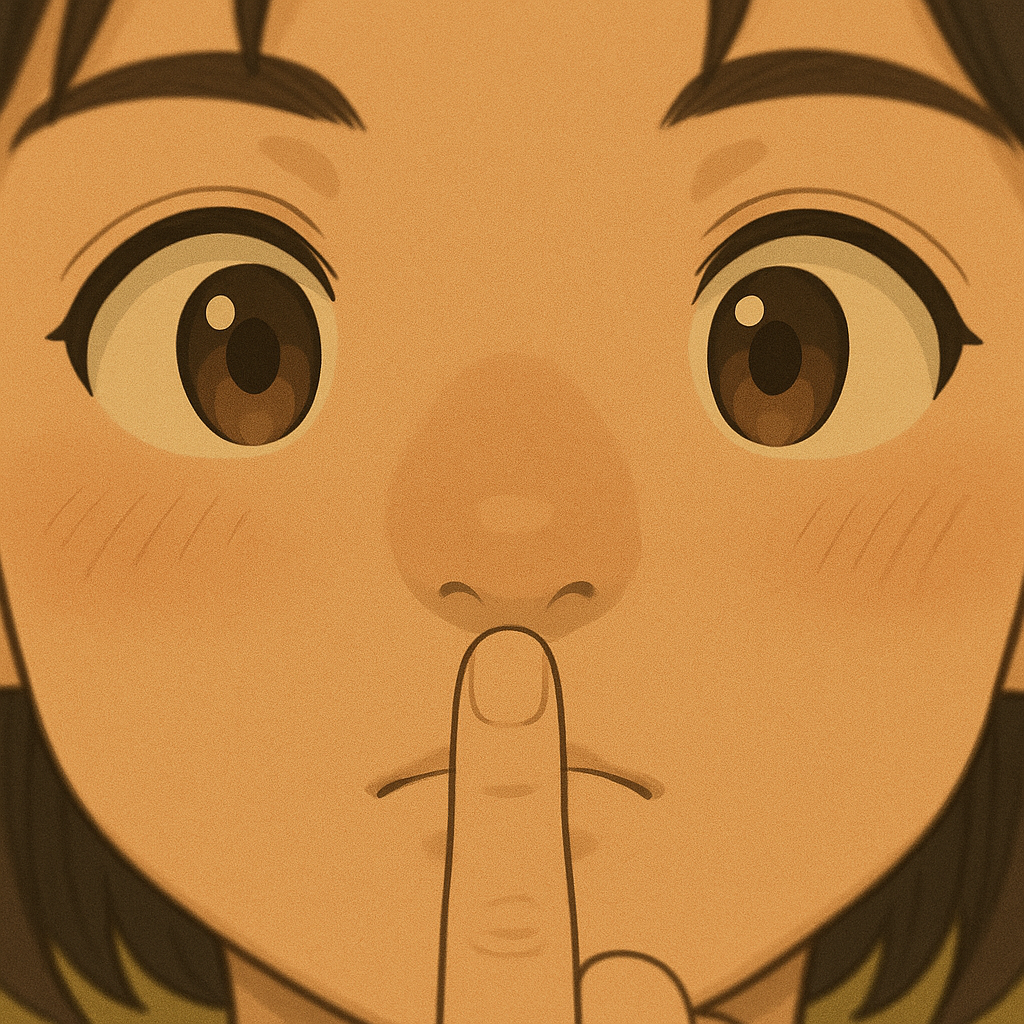自
Mnemonic
Start with an eye (目).
Now notice the short stroke above it — that’s the shape of your nose, the one part of you your eyes can always see.
From this simple image of what your eyes constantly return to, the kanji came to mean SELF.

Note: For this kanji, you’ll see some vocabulary that uses characters you haven’t officially learned yet. Don’t worry about mastering the extra kanji right now — just focus on how 自 contributes the meaning of “SELF” in each word.
Example Vocabulary
- 自衛(じえい) – self-defense
- 自習(じしゅう) – self-study
- 自信(じしん) – self-confidence
- 自立(じりつ) – self-reliance; independence
- 自明(じめい) – self-evident; obvious Click to recall: 明 =
Living by oneself
自 ties into many everyday ideas: protecting yourself (自衛), learning on your own (自習), trusting your own ability (自信), or standing independently (自立).
Even in abstract truths that feel 自明 (self-evident), the common thread is that 自 always points back to the self.
Example Sentences
- かれはまいにちいちじかん自習している。– He spends an hour on self-study every day.
- このけつろんは自明のことだ。– This conclusion is self-evident.